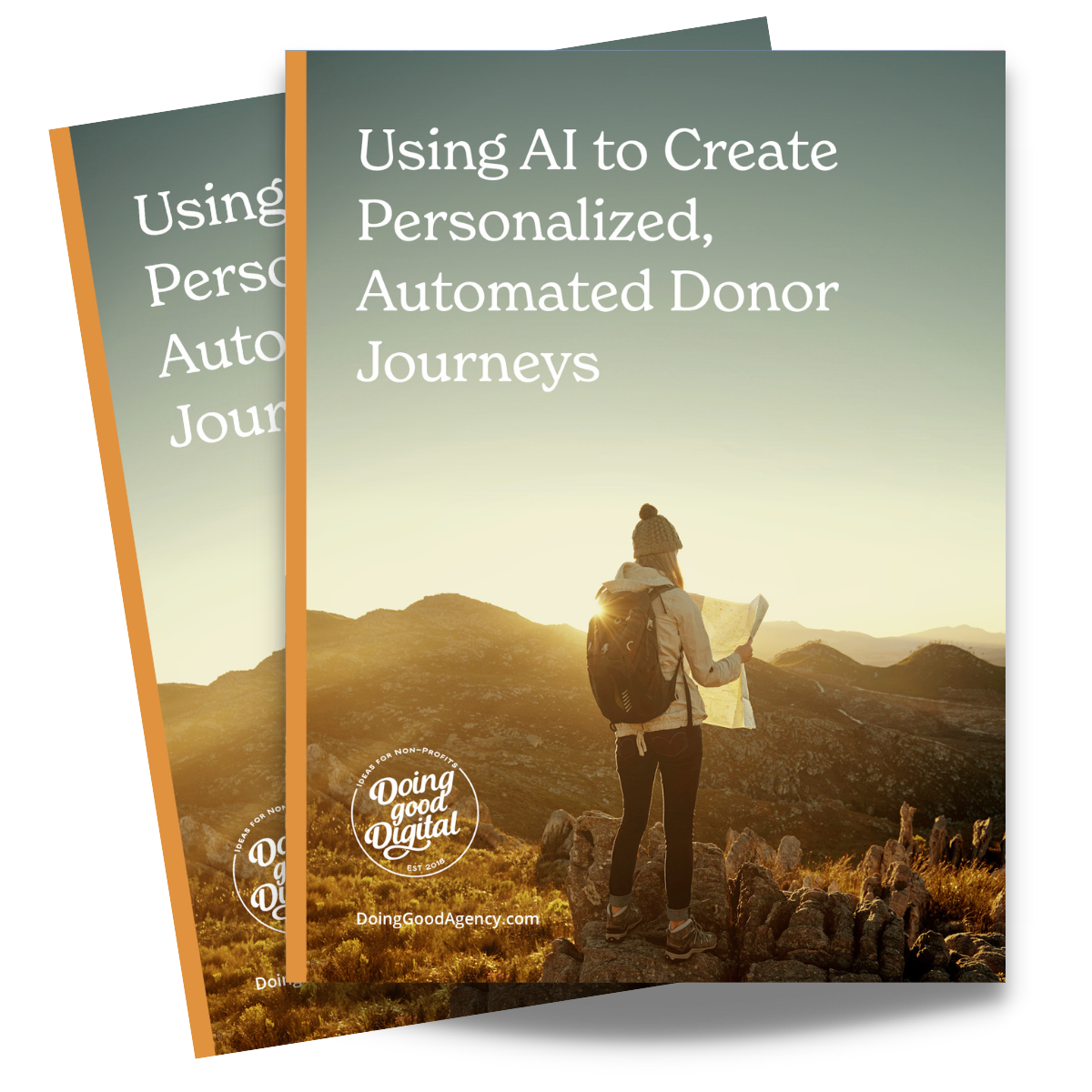5 Must-Haves For Your DIY Landing Page

Traditional peer-to-peer events like runs, walks, and rides have been the main focus for fundraising campaigns for years. Now, non-traditional, creative peer-to-peer fundraising campaigns, such as do-it-yourself (DIY) fundraising, have been introduced (or re-introduced) as a supplement to traditional campaigns.
DIY fundraising campaigns allow participants to create their own campaigns on behalf of your non-profit and creates an opportunity for friends and family to participate in and donate to those campaigns.
What is DIY Fundraising?
DIY fundraising is when your organization provides a way for supporters to set up their own fundraising page in support of a campaign created by your nonprofit. Often times fundraising categories such as “workplace giving,” “athletic,” “in memory/honor,” “birthdays,” or “special occasion” are set up to help participants get started. The campaigns can be seasonal, annual, or “evergreen” (with no specific end date).
Because of the nature of DIY fundraising, it is often set-up as a microsite for people to get involved and show their support. The microsite should reflect the same look and feel of your organization’s main website, while highlighting ways to involved and how to donate.
We’ve compiled a list of our top five elements you should include on your DIY landing page:
1) Value Proposition
A landing page should feature an attention grabbing headline and engaging content to encourage people to get involved. Tell an impactful story that’s memorable, relatable, and reaches all demographics. This is your chance to set your organization apart and share your impact while connecting with supporters.
2) Compelling Images + Videos
Great visuals to go along with your storytelling are an impactful way to resonate with supporters. Images add so much more emotional depth to your campaign page. While you don’t need to overload a page with photos (you don’t want it to be too busy), definitely play around with creative ways to incorporate it into your storytelling.
3) Clear Call to Action
Be clear on what it is you want your visitors to do. Include simple call to action buttons that lead visitors to an easy process for donating to a fundraiser, starting a fundraising page, or making a general donation.
Whatever the CTA is, make sure it is easy to find and easy for your supporters to complete their action by keeping the navigation sticky and simple. Be sure to make the CTAs stand out by either making them its own button or a different color. Common CTAs for a DIY fundraising page is:
- Donate Now
- Fundraise Now
- Become a Fundraiser
- Donate to a Fundraiser
- Create an event, page, or fundraiser
4) Ways to Get Involved
Since there can be a number of ways to get involved with DIY fundraising, providing a clear list of ideas is helpful to potential fundraisers. As mentioned above, creating fundraising categories gives supporters an idea of the types of fundraisers they can do.
Popular DIY fundraising ideas include bake sales, raffles, lemonade stands, a car wash, a bike ride etc.
This also gives you chance to highlight top fundraisers and provide testimonials from past events. Display these in a way that is informational while also creating a sense of urgency to get started today.
5) Brand your program
People like to belong to something bigger than themselves. In the age of social media, people wear their experiences like a badge so give them something to show. By branding your program, you can really see the collective effort of the fundraising spread across multiple channels.
Highlight that sense of community on your page by showing not only how much the program has raised, but what the program is actually doing. Showcase people from all over making a difference by branding a hashtag and feeding that onto the page.
The DIY Experience
We know that peer-to-peer fundraising can increase and diversify a non-profit’s fundraising efforts. To grow even further, the experience of fundraising for your organization should be memorable. That starts with the moment someone lands on your campaign page and is compelled to get involved.
The first contact a user has with your DIY landing page, is your chance to share what your organization is all about. Whether you are just starting your DIY campaign or looking for a refresh, use these elements to create an experience your supporters won’t forget.
Need a DIY landing page or need help with your existing DIY fundraising strategy? Contact us and let us know how we can help.
DITY





